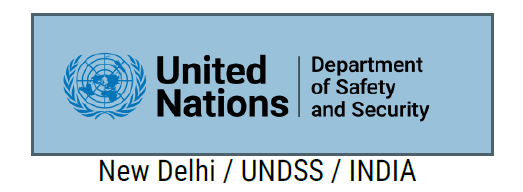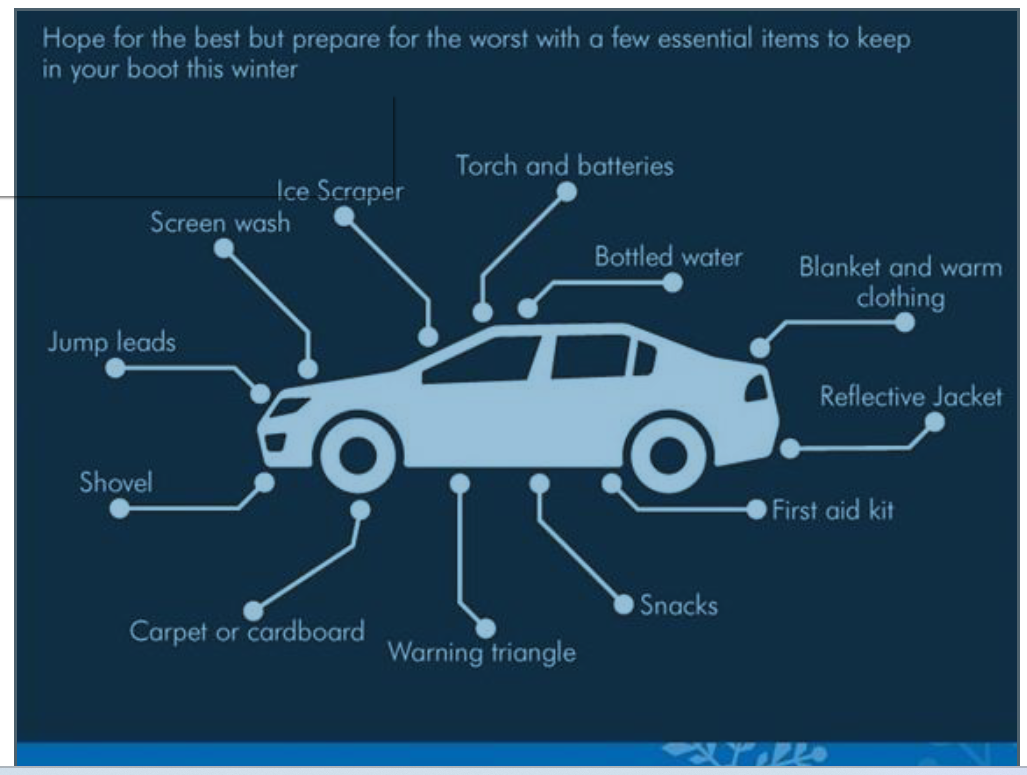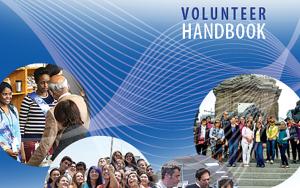
Road Safety Advisory – Winter Driving
As winter has started in many areas of our operations, UNDSS takes this opportunity to share some road safety guidance for the winter driving.
UN Personnel are advised to always check the weather and road conditions before commencing their travels to field missions via All India Daily Weather Summary and Forecast
Below you will find some tips on driving in wet, foggy, snowy, or icy conditions, and what you generally have to keep in your vehicle should you get stuck under these conditions.
Winter preparations:
- Refill the windshield washer fluid with a freeze proof solution.
- Revisit the tire treads or change to winter tires
- Don't forget to winter proof your vehicles interior as well. Should you find yourself in a Road Traffic Crash (RTC) and left standing for several hours, it might come in handy.
- If you're in an area where snow chains are used, practice outing them on before the snow and ice sets in! Common RTCs are rear collisions due to icy roads and short distances between vehicles but veering or sliding off the road due to bad tires or speeding are also common reasons.
- Check the quality and air pressure of the tires.
- Keep some additional supplies in your vehicle in case of an RTC. Extra warm clothing, blankets, and fluids are some good examples. An accident can happen to anyone and a still vehicle in freezing conditions can be fatal. Having the right equipment can be a lifeline!
Driving in Foggy Conditions:
- Fog can significantly reduce visibility and are most dangerous either at night or when the ‘fogginess’ is variable, leading to periods of decent visibility followed by a drastic reduction.
- Reduce speed and increase the safety bubble based on the conditions.
- Keep an eye on your speedometer - fog makes it difficult to judge speed.
- Keep a window open slightly so you can hear other vehicles even if you don’t see them.
- If the fog becomes too heavy, pull well off the road with your hazard lights on.
- Turn on the headlights – low beam – and fog lights if you have them. In heavy fog, also turn on the hazard lights to allow for better visibility to other drivers.
Driving in Ice and Snow
- Cold weather affects grip in several ways: reduced chemical bonding due to ice and snow, rubber becomes stiff and brittle under 7 degrees Celsius, reducing mechanical locking.
- Replace summer / all-season tyres with winter tyres. These have better treads and a different rubber compound that allows for greater mechanical locking in winter weather.
- Make certain your tyres are properly inflated.
- Keep your gas tank at least half full to avoid gas line freeze-up.
- Avoid using your parking brake in cold, rainy and snowy weather.
- Visibility can also be reduced, and engines take time to warm up. Oils, lubricants, tyres all must warm up before they work the way they are intended to. Never warm up a vehicle in an enclosed area, such as a garage.
Tips for driving in the snow:
- Place the vehicle in 4WD or AWD mode (unless the vehicle is only a 2WD).
- Manage your speed. Everything, including accelerating, stopping, turning takes longer on snow-covered roads. Give yourself time to manoeuvre by driving slower.
- Accelerate and decelerate slowly. Applying the gas slowly to accelerate is the best method for regaining traction and avoiding skids. Don’t try to get moving in a hurry.
- Slow down for a stoplight or intersection well in time as it takes longer on icy roads.
- Know your brakes. Whether you have antilock brakes or not, the best way to stop is threshold breaking. Keep the heel of your foot on the floor and use the ball of your foot to apply firm, steady pressure on the brake pedal.
- Don’t stop if you can avoid it. There’s a big difference in the amount of inertia it takes to start moving from a full stop versus how much it takes to get moving while still rolling. If you can slow down enough to keep rolling until a traffic light changes, do it.
- Don’t power up hills. Applying extra gas on snow-covered roads just starts your wheels spinning. Try to get a little inertia going before you reach the hill and let that inertia to carry you to the top. As you reach the crest of the hill, reduce your speed and proceed downhill.
- Don’t stop going up a hill. There’s nothing worse than trying to get moving up a hill on an icy road. Get some inertia going on a flat roadway before you take on the hill.
- Stay home. Even if you can drive well in the snow, not everyone else can. If you don’t have somewhere you have to be, don’t go out. Watch the snow from indoors.
Night Driving:
- Night driving is problematic for several reasons, including fatigue, reduced visibility, glare from the headlights of other vehicles, and generally less information about possible hazards.
- There are some aids to observation, however. Lights from other vehicles can let you anticipate them before you see the actual vehicle.
- Unless you are in a very well-lit area, your speed should never be the same as it is in the daytime – at night, you cannot see as far as in the daytime, and it will take longer to react.
- It is highly recommended to avoid the night driving on highways unless it is really necessary.
To keep in the car:
- Windshield anti-freeze washer fluid,
- Snow shovel,
- Flashlight,
- Jumper wires,
- Towline,
- Warm clothing and blankets,
- Cell phone charger and power bank.
Always consider:
- Adjusting your speed,
- keeping distance,
- Planning stops along the way!








